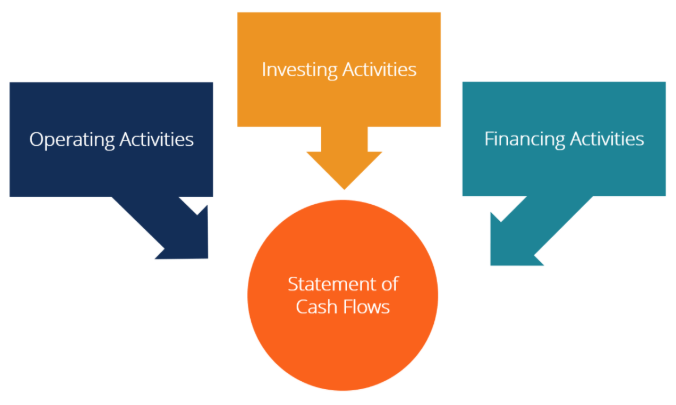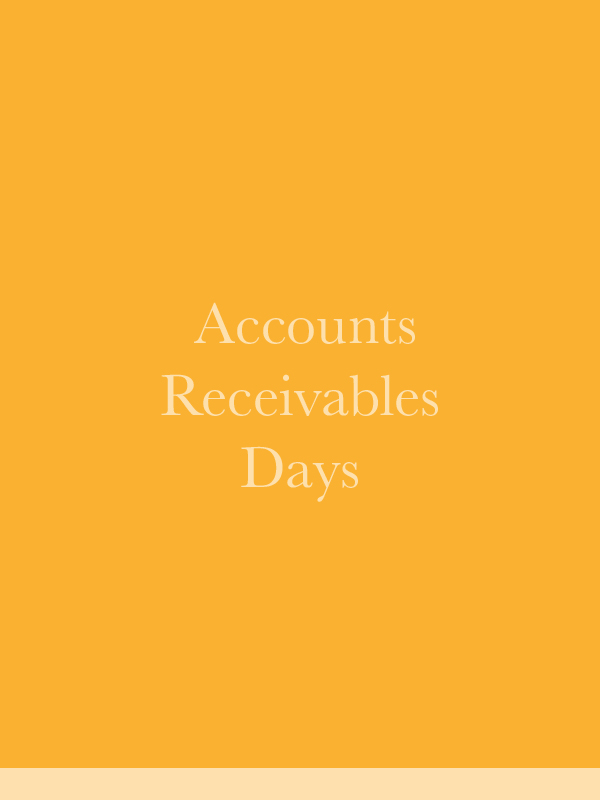Blockchain and the Future of Accountancy: A Review on Policies and Regulations SpringerLink
05 Jul

This study also involves a comprehensive analysis of selected 80 studies to determine which year the most studies were published, the research methodologies they used, and the aspects of accounting that were involved. The number of studies published in international accounting journals has considerably increased. The most commonly used methodology is conceptual; empirical research is rare in the data pool. This study also identifies key and feasible concepts related to blockchain technology, namely triple-entry bookkeeping, smart contracts, continuous auditing, accountability and governance, and accounting and auditing applications.
Figure 2.
Additionally, this study provides potential research questions for future research on blockchain technology in accounting and auditing. New technologies and digital innovations are gradually reshaping the contours of accounting, auditing and reporting (Bonsón and Bednárová, 2019; Dai and Vasarhelyi, 2017; Lombardi and Secundo, 2020; Mancini et al., 2021; Marrone and Hazelton, 2019). Among the emerging technologies able to revolutionize business models and consequently change the processes underlying management control, accounting, auditing and reporting is blockchain (Schmitz and Leoni, 2019). A blockchain is a distributed digital ledger shared by several peers in a network that facilitates transaction recording and property tracking for tangible and intangible assets. Approved transactions take the form of blocks added to a chronological chain of previously validated blocks through the use of cryptographic signatures (Bonsón and Bednárová, 2019).
Applying the exclusion and inclusion criteria, we detected 147 highly relevant studies and accessed 142 full-text items (5 were not available from our institution). We read and analyzed each item, and we present the key aspects of our analysis adopting a narrative approach and discussing them by topic. Figure 2 represents our steps using a PRISMA diagram (Page et al., 2021), which we adjusted to enhance its fit for a qualitative systematic review. The PRISMA flow diagram depicts the flow of information through the different phases of a systematic review. It maps the number of records identified, included and excluded and the reasons for exclusions. RQ1 and RQ3 declare the main goals of the systematic review process related to research, while RQ2 clarifies our additional intention to investigate practical and managerial implications.
3 Search for the literature
- Berentsen and Schär (2018) suggest that central banks should not create new cryptocurrencies but should allow anyone to open an account with them.
- In the agricultural supply chain, blockchain could increase traceability, auditability, immutability and provenance (Kamble et al., 2020).
- The authors wish to thank Warren Maroun and the two anonymous reviewers for their insightful and constructive suggestions that helped to strengthen our contribution.
- But there are particular pairings of tool and team that carry game-changing potential.
- Deloitte celebrates its 175th anniversary in 2020, and audit has undergone multiple sea changes in those years.
In the long term, blockchain could increase disintermediation, reducing the power of companies such as Uber, Lyft and Airbnb, which currently create value by ensuring the reliability of their drivers or apartment owners (Rashideh, 2020). To enforce tax compliance in relation to exchanges of cryptocurrencies, authorities could regulate these exchanges in the same way as they do the banking system and give to the central banks law enforcement power (Volosovych and Baraniuk, 2018). The most frequently cited paper in this area is that of Dai and Vasarhelyi (2017), which entered triple-entry bookkeeping into the academic discussion on blockchain and accounting. Their idea comes from Grigg (2005), who proposed a third entry recorded by a trusted third party that stores a receipt to which both parties involved in a transaction agree and digitally sign. To determine which articles should be excluded because of irrelevance, we manually analyzed the titles; abstracts; keywords; and, if necessary, the full text of the articles (Booth et al., 2012, p. 99). To do so, we clustered the articles into the categories shown in Table 1, and we excluded those not pertinent to our research questions that had been erroneously captured by our research string.
Application of Blockchain Technology in the Integration of Management Accounting and Financial Accounting
However, to be affordable for everyone, blockchain solutions need to be scalable to operate efficiently on a large scale. From this perspective, it is essential that blockchain solutions are integrated into ERP systems and with RFID, IoT and AI technologies to create fast, reliable and repeatable processes. If blockchains integrate information and processes within and across company boundaries and are in synergy with emerging technologies, then it will be possible to simplify and accelerate business processes, increase cybersecurity protection and reduce or eliminate the roles of intermediaries. Figure 7 shows a cooccurrence heatmap of the main authors’ keywords (more than five occurrences) in this cluster.
Moreover, Autore et al. (2020) found that a firm announcement regarding its investment in blockchain leads to an increase in its stock price. However, these findings contrast with Austin and Williams (2021), who state that there is no evidence that disclosing information about blockchain investments positively affects investor judgments. The authors in the fourth area engage with empirical evidence and analyses, aiming to test how and why blockchain is implemented. What is clear about the potential disruption this new wave of technologies may bring to centuries-old industries is that it is not just a disruption that will force adaptation; it is also a new opportunity for transforming industries so they are more resilient, effective, and valuable.
The impact of blockchain technology on audit
Supply chain processes seem particularly prone to benefit from this technology. Third, our study contributes to the accounting literature with a discussion of the potential future research trends related to blockchain for accounting. We believe that this study will be a helpful resource for present and future scholars interested in addressing the most meaningful connections between accounting and disruptive applications based on blockchain. The main aim of the present study is to review the literature on the use of blockchain in accounting practice and research and to define potential opportunities for further investigation. Some authors (Chang et al., 2019; Kumar et al., 2020) suggest that future supply chain systems will be formed through integrations of blockchain into current systems, and a hybrid system with public on-chain data and private off-chain data will be used. Furthermore, major business bookkeeping complementarities emerge between blockchain and RFID (van Hoek, 2019), IoT and ERP (Kayikci et al., 2022).

For example, natural language processing is already being augmented with machine learning so that a system can be “trained” on legal contracts and documents―which historically auditors have had to read through manually―and can efficiently extract and identify differences in key terms relevant to the audit. Auditing requires the confirmation of transactions and balances on firms’ accounting ledgers at the end of the reporting period due to time-lags, reconciliations, and accounting entries. (2018), “Designing confidentiality-preserving blockchain-based transaction processing systems”, International Journal of Accounting Information Systems, Vol. As indicated in Figure 3 (bibliometric network of included publications), after some precursors in the years before 2018, in the period immediately following, new publications exploded, gradually creating a new “constellation” of this line of research, in which each publication is connected with others by bibliographic coupling. Bolici et al. (2020) analyze discussions about blockchain and tourism on Twitter. They highlight that the public interest in this specific topic is strong and positive.
Smart contracts can easily and cost effectively transfer ownership of a car or transfer corporate shares without needing a third party, such as a bank or a stockbroker, and with immediate settlement. It is this removal of “middlemen” by enabling trusted peer-to-peer exchange that is driving what some have come to refer to as “Web 3.0”, and the creation of $2 trillion of wealth in the last ten years. Christ and V Helliar (2021) show that blockchain also makes it possible to monitor workers’ rights, but there are some privacy concerns that must be addressed. Our Blockchain & Digital Assets Solutions team are ready to help your business trailblaze in this space. Reach out to start a solvency ratios measure financial risk conversation, no matter where you are on your journey.
This study aims to review the academic literature on the utilization of blockchain in accounting practice and research to identify potential opportunities for further scientific investigation and to provide a framework for how accounting practices are impacted by blockchain. Blockchain is a technology that promises to change the way bookkeeping outline business is done. Deloitte’s 2019 Global Blockchain Survey found that 53 percent of respondents say blockchain has become a critical priority for their organizations (up 10 points from the prior year), and 83 percent see compelling uses for blockchain.
